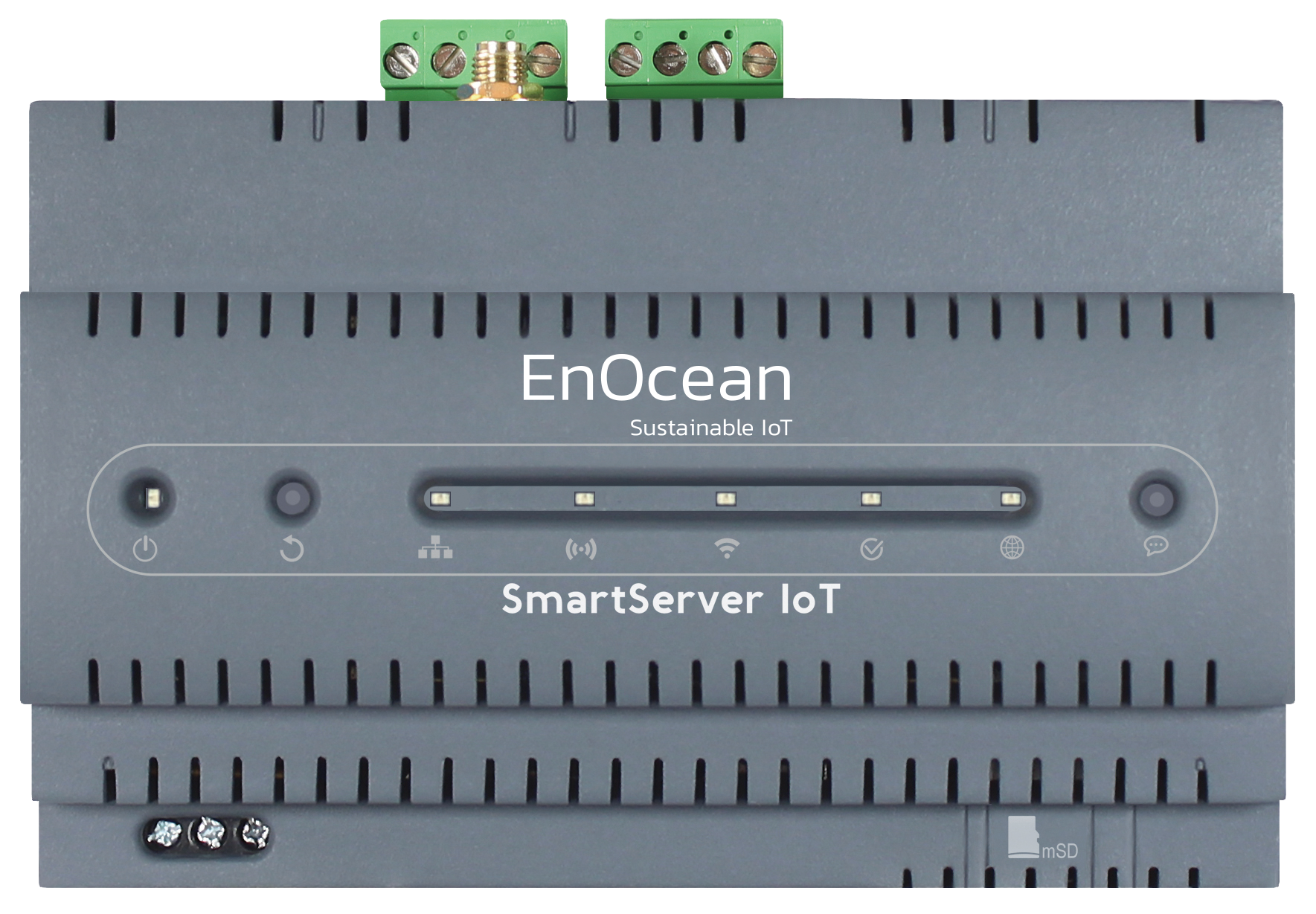Iot SSH Access Guide: Download, Setup, & Secure Access Now!
In an age where connectivity reigns supreme, are you equipped to securely manage and control your Internet of Things (IoT) devices from anywhere in the world? Mastering the art of accessing IoT SSH servers isn't just a technical skill; it's a gateway to efficient device management, enhanced security, and unparalleled control over your connected world.
The digital landscape is rapidly evolving, and with it, the need for secure, remote access to IoT devices. Whether you're a seasoned developer, a tech enthusiast, or an engineer, the ability to remotely connect to and manage your IoT infrastructure is paramount. This includes the crucial skill of downloading and configuring an IoT SSH server. The question isn't if you'll need it, but when.
At the heart of this capability lies SSH, or Secure Shell. This cryptographic network protocol is the bedrock for securely accessing remote devices across potentially unsecured networks. It's the digital key that unlocks the ability to manage, troubleshoot, and configure your IoT devices from afar. Imagine the possibilities: monitoring industrial machinery, controlling environmental sensors, debugging smart city devicesall from the comfort of your office, home, or even on the go.
Remote access can be achieved using various methods like SSH, VNC and RDP.
However, before diving in, let's address a common starting point: the search for an "Access IoT SSH server download". It's a frequent query, a sign of the growing demand for this technology. The good news is that the core tools are often readily available, and the focus should shift to understanding the configuration and secure implementation.
Consider a scenario: You're tasked with maintaining a fleet of autonomous vehicles or overseeing a network of environmental sensors. The ability to remotely access these devices securely via SSH becomes indispensable. You can transfer data, monitor performance, and even install updates without physically being present.
For instance, to enable remote SSH access to your Raspberry Pi or other IoT devices within your home or office network, a specific command is usually executed to facilitate the connection. This command effectively establishes a pathway for secure remote access.
Beyond the command line, there are tools like Teleport that are becoming essential. Worldcoin and Embark Truck are leveraging Teleport to provide firmware updates with little disruption and minimal downtime. This underscores the evolving nature of IoT device management.
To install openssh server on windows 11, follow the steps outlined below:
- Navigate to apps on the sidebar.
- Press the view features button.
- Select the openssh server checkbox.
With that, you are done installing openssh server on windows 11.
Accessing your IoT device's SSH server from your laptop allows you to manage and troubleshoot from any location. You can use tools like SocketXP to act as a local proxy server. The goal is to connect securely.
For enhanced security, it's critical to use SSH keys for authentication rather than passwords. Additionally, restrict SSH access to only authorized users and specific IP addresses. This forms a robust security perimeter, safeguarding your devices from unauthorized access.
Now, let's address the practical aspects of achieving remote access. You'll need a way to establish a secure connection. The goal is to gain access to your IoT devices via SSH, VNC, RDP, and public web URLs. Remember, the underlying technology that makes this all possible is SSH.
Here is a table summarizing the key steps:
There are a number of best practices, including setting up secure connections and data transfer options.
| Step | Description | Considerations |
|---|---|---|
| 1. Secure Tunnel Establishment | Utilize tools to create a TCP tunnel endpoint for remote SSH access. | Ensure the tunnel is encrypted using SSL/TLS for secure data transfer. |
| 2. Authentication Methods | Use SSH keys instead of passwords for enhanced security. | Configure key-based authentication and disable password login if possible. |
| 3. Access Control | Restrict SSH access to authorized users and IP addresses. | Implement firewall rules and consider using a VPN for added security. |
| 4. Port Forwarding | Set up port forwarding on your router to direct SSH traffic to the IoT device. | Choose a non-standard port for SSH to reduce the risk of automated attacks. |
| 5. Testing | After completing the preparations, its time to test the SSH connection | Make sure to check the connection before going live. |
This is where the often-sought-after "Access IoT SSH server download" takes shape: it's less about a single download and more about understanding the interplay of these elements to establish a secure connection.
Here's where you can find additional information to help you succeed: Example Website
In essence, the key to unlocking the potential of remote IoT SSH access lies in mastering these core elements: understanding the protocol, securing your connections, and implementing best practices. As the IoT landscape continues to expand, these skills will only become more valuable, securing your place in the future of connected technology.
Gaining access to your IoT devices from any location and at any time. Using tools like SocketXP can transform your approach to managing remote devices.


